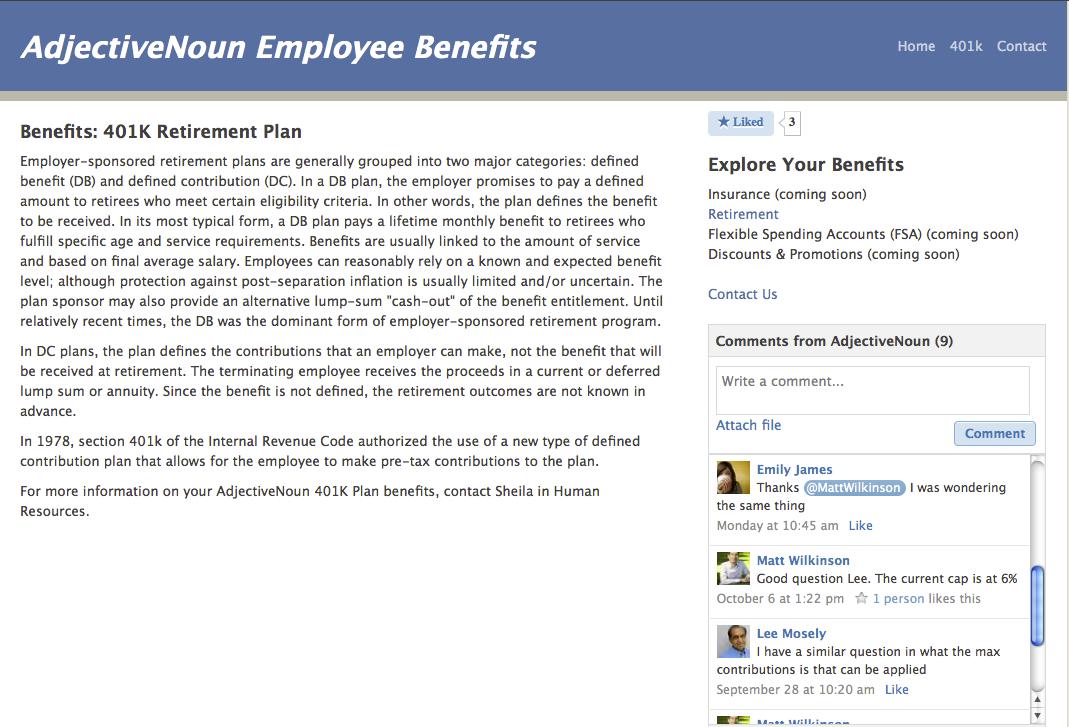The NBA, where your team leader hates your chances
Tonight is like Christmas, my birthday, and the last day of school all rolled into one - the start of the 2010-2011 NBA season!
For me, it means 50 or so nights to be disappointed by the New York Knicks, the chance to watch LeBron and his talents with the Miami Heat pretty much every other night, and hopefully more great and pithy leadership lessons from Jeff Van Gundy.
At the start of the year most NBA teams have some sense of excitement, (real or fake), and express optimism (at least publicly) about their chances for a successful upcoming season. You know, the whole 'hope springs eternal' bit. And why not? Every team has at least a few star quality players, and even the 9th and 10th guy on the bench is a pretty talented player as well.
So prior to the start of the campaign, confidence is pretty much the order of the day, and standard cliches abound. 'If we stay healthy and stick to our strengths, we can contend', or 'If we all concentrate on our roles and share the ball, we will be right there at the end', are mostly what you hear from the top players and team leaders before opening night.
Given that, it was pretty surprising to see the quotes attributed to two-time NBA league MVP Steve Nash about his team, the Phoenix Suns, and their prospects for the coming season. Nash has been reported to have said (variously) that the team has "a long ways to go", is really a "work in progress". and finally, "to be honest, if I was outside this picture, and a betting man, I would probably pick us to be outside the playoffs".
So your team's best player, and leader, goes public with his expressions of doubt about the team's chances for a successful season. Probably not going to do too much to fire up the fan base, or even inspire the rest of the players to (over) achieve. It is pretty common for sports teams to try and adopt an 'no one believes in us' or 'it is us up against the world' strategy to generate and sustain motivation, but that generally only works when the 'them' are the media, the other teams in the league, or even directed against former players and coaches that have departed.
Usually 'it's us against them' falls down when the 'them' is one of your own, and worse still, your leader.
What's your take - does the team leader need to 'fake it', at least publicly?
Go Knicks!

 Steve
Steve


